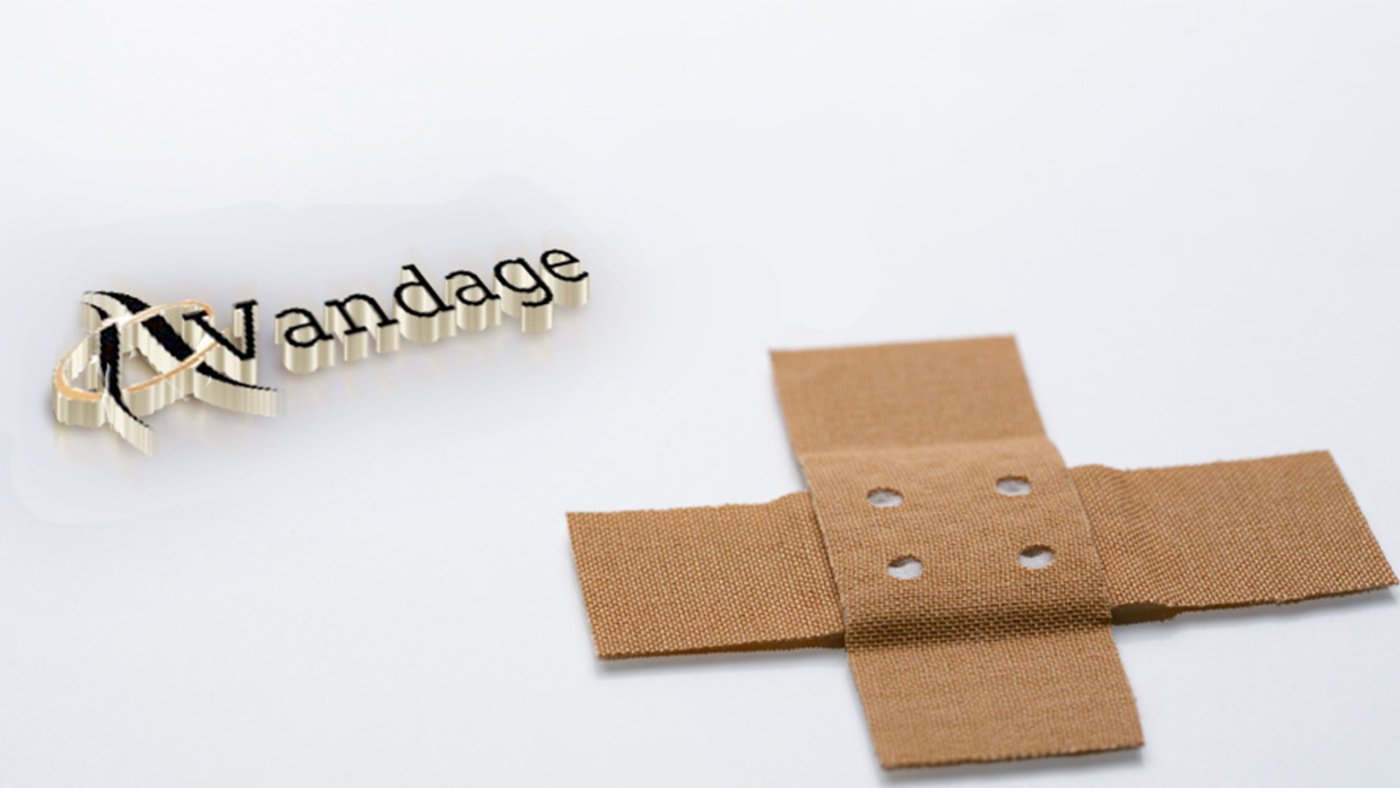The Medical Tech Shrinking Down to Fit in Your First Aid Kit
For decades, Negative Pressure Wound Therapy (NPWT) devices have been the gold standard in hospitals. But they were also huge, expensive, and required trained professionals to operate. So how did Vandage make it small enough to fit on a regular bandage?
The Challenge: Shrinking a Hospital Device
Traditional NPWT systems include:
- A large vacuum pump
- Long tubes and hoses
- Power sources and canisters
- Specialized dressings
These setups work wonders for serious wounds, but clearly don’t belong in your backpack or bathroom drawer.
Vandage’s mission was clear:
Make this life-changing therapy accessible to everyone — not just hospital patients.
The Breakthrough: MEMS Technology
The answer came from an unlikely place — the same tech used in smartphones, fitness trackers, and even spacecraft:
MEMS, or Micro-Electro-Mechanical Systems.
These tiny mechanical components are often no bigger than a grain of rice, yet they power some of the most advanced tech in the world.
Vandage used MEMS to develop a micro vacuum pump:
- Small enough to attach to a bandage
- Powerful enough to deliver therapeutic pressure
- Reusable, lightweight, and reliable
This wasn’t just miniaturization — it was a total redesign.
From Bench to Bandage
It took years of engineering and testing to:
- Maintain consistent vacuum levels
- Ensure safety on sensitive skin
- Design bandages that work with the pump, not just under it
The result?
A sleek, intuitive healing system that fits in the palm of your hand — yet delivers the same science hospitals trust.
Next-Level First Aid
Vandage proves that powerful healing no longer needs to be bulky, costly, or intimidating. Thanks to MEMS innovation, your first aid kit is now smarter than ever.


Leave A Comment